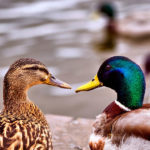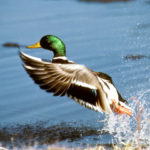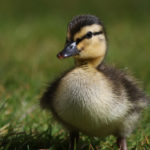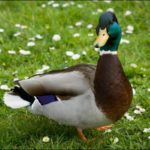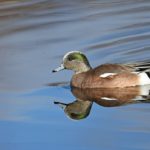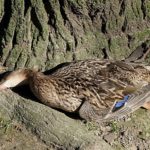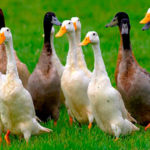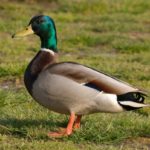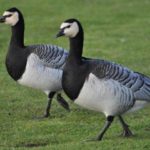Facts about ducks
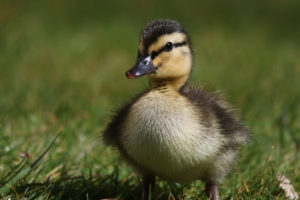 Duck is one of the most popular birds in the household of many countries. In addition, there are huge populations of wild ducks in the world that make an important contribution to the global ecosystem.
Duck is one of the most popular birds in the household of many countries. In addition, there are huge populations of wild ducks in the world that make an important contribution to the global ecosystem.
Ducks were domesticated a long time ago, this was done by the ancient Egyptians.
The country in which the duck enjoys the greatest popularity is China. Every year, about two million ducks are grown there, which is three-fourths of the world’s production.
But in Latin America, a duck is almost not used for food.
In total there are about 110 different kinds of ducks in the world.
Duck quack has no echo.
During the hunt for prey ducks can dive under the water to a depth of 5-6 meters.
Quack can only do female ducks. Draeches can not quack.
Despite the fact that ducks have a short neck, they have more cervical vertebrae than giraffes.
Ducklings do take for their mother the first creature that is seen hatching from the egg.
Untreated duck feathers can not be soaked with water.
In Ireland, in the central park of Dublin, there are many ducks. During the conflict between Britain and Ireland in 1916, when the fighting was conducted even in the park, each day the two warring parties ceased fire so that the park ranger could feed the ducks living there calmly.
In 1992, the merchant vessel washed away the containers, in which there were almost thirty thousand toy ducks made of plastic. Long years later they were found all over the world, which, incidentally, helped oceanographers to explore ocean currents (see facts about oceans and seas).
Pouring, ducks lose a lot of feathers, and with them the ability to fly. After moulting and growing feathers, the ability to fly back to them returns.
Some ducks can fly a day to five hundred kilometers.
Ducks do not have one eyelid, like a human, but three.
The largest height, which was recorded appearance of a duck – almost nine kilometers. Then the duck collided with an American airplane.
The highest documented flight speed of a wild duck was about 170 kilometers per hour.
The duck paws have neither nerves nor blood vessels, so they can safely walk on snow and ice without feeling cold.




